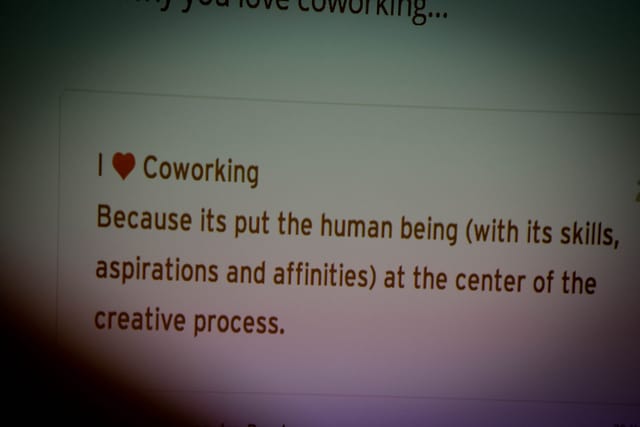We get it– you like the idea of less email. Conversations can be concentrated within certain apps (whichever it might be–of course we like Trello ;)), but your team isn’t complying. The email threads continue. And continue. Ad nauseum. How do you get them to ADAPT, already?
Fortunately there something truly simple you can do to make them stop the email nonsense forever.
In our lifetime, the social skill of setting and maintaining boundaries has been all but lost. This isn’t done by enforcing discipline with punitive measures, or by becoming a paranoid dickhead and watching over everyone’s shoulders. It’s actually quite amazingly easy.
All you need to do it remind them of the app you use for communication every time they start a new email thread. Every. Single. Time. Trust me, you won’t have to do it for long. If someone resists for longer than a few weeks, you’ll know they aren’t being a good team member by hijacking communication, and can choose how to act.
To make it even easier, have a copy-paste swipe file ready on your phone and desktop containing a phrase expressing the following sentiment:
“STOP. This email thread stops now. Whoever started this thread must immediately go to (add link to your conversation app here) and restart this conversation there. All participants in this conversation must also repaste their comments in the app.
“The purpose of using (the app) is to make your job easier in the future by making it easy to follow, find, and recreate what happened during the workday. Thank you for your compliance!”
What do you do when no matter how many times you remind someone, they will not comply?
Ask the team during your Review & Retrospective what to do about that person’s noncompliance. Make sure that person is present in that meeting. Allow them an opportunity to change their habit, perhaps a Sprint or two. Keep their noncompliance on the agenda for each Sprint and discuss it as if it were a new issue every time. If they still don’t comply after a few Sprints, add to the discussion agenda the possibility of removing that person from the team. The team decides what to do together.
The only person you can control is yourself. You’ve set up a way for your team to streamline communication. Encourage them to use it. Ask them not to use other methods. This is how self-organizing teams learn how to adapt.
